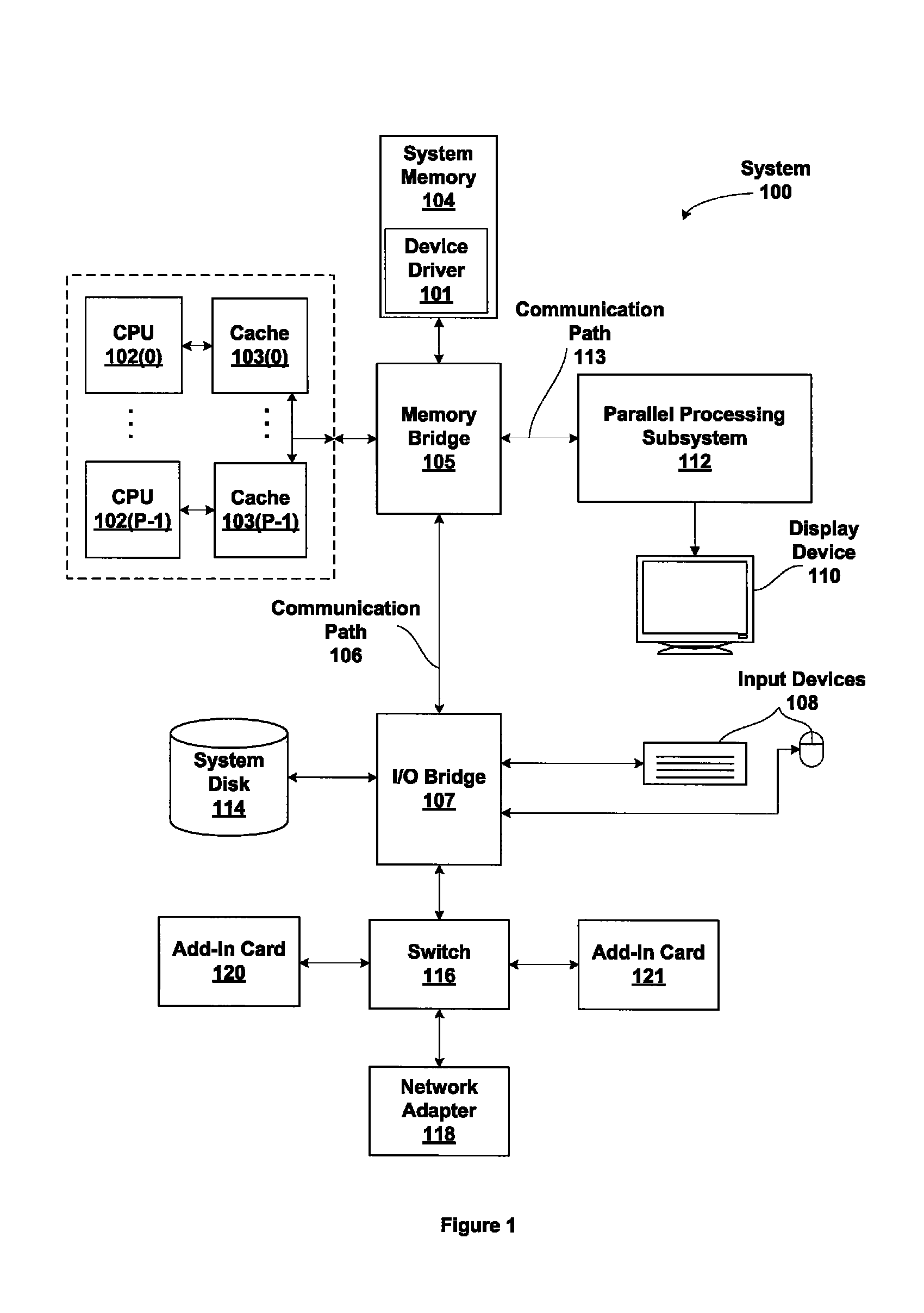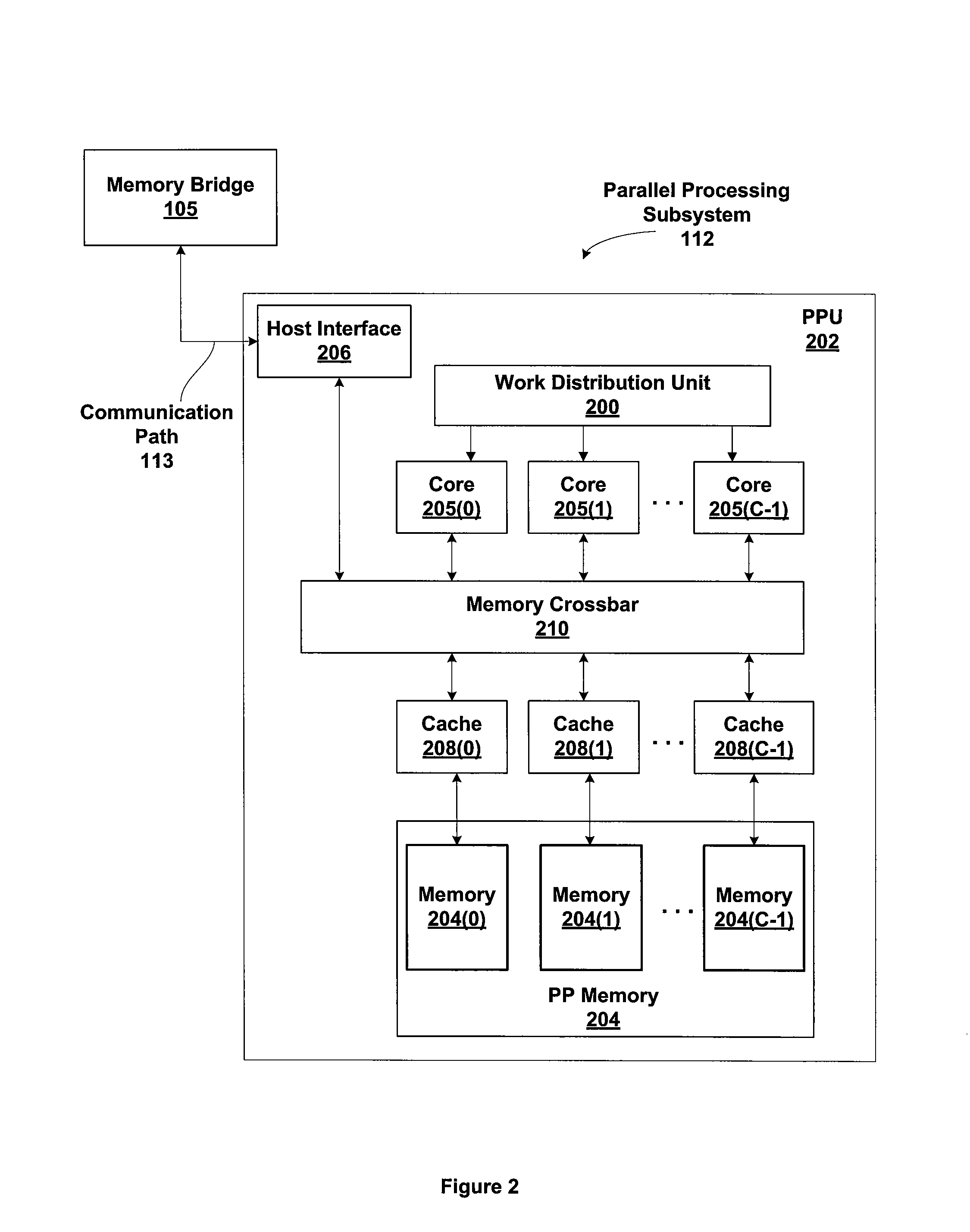Interprocessor direct cache writes
a direct cache and interprocessor technology, applied in computing, instruments, electric digital data processing, etc., can solve the problems of increasing complexity and access latency, increasing snooping and accessing caches coupled to other processors, and increasing complexity of accessing caches, so as to improve the overall system processing throughput and reduce inter-processor communication latency , the effect of improving the parallelism of processors
- Summary
- Abstract
- Description
- Claims
- Application Information
AI Technical Summary
Benefits of technology
Problems solved by technology
Method used
Image
Examples
Embodiment Construction
[0017]In the following description, numerous specific details are set forth to provide a more thorough understanding of the present invention. However, it will be apparent to one of skill in the art that the present invention may be practiced without one or more of these specific details. In other instances, well-known features have not been described in order to avoid obscuring the present invention.
System Overview
[0018]FIG. 1 is a block diagram illustrating a computer system configured to implement one or more aspects of the present invention. FIG. 1 is a block diagram of a computer system 100 according to an embodiment of the present invention. Computer system 100 includes one or more central processing units (CPU) 102, caches 103, and a system memory 104 communicating via a bus path that includes a memory bridge 105. In general, a computer system 100 includes a number P of CPUs and caches, where P≧1. (Herein, multiple instances of like objects are denoted with reference numbers ...
PUM
 Login to View More
Login to View More Abstract
Description
Claims
Application Information
 Login to View More
Login to View More - R&D
- Intellectual Property
- Life Sciences
- Materials
- Tech Scout
- Unparalleled Data Quality
- Higher Quality Content
- 60% Fewer Hallucinations
Browse by: Latest US Patents, China's latest patents, Technical Efficacy Thesaurus, Application Domain, Technology Topic, Popular Technical Reports.
© 2025 PatSnap. All rights reserved.Legal|Privacy policy|Modern Slavery Act Transparency Statement|Sitemap|About US| Contact US: help@patsnap.com



